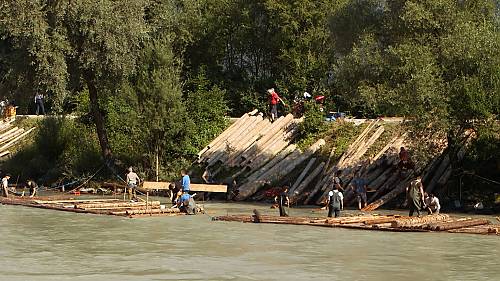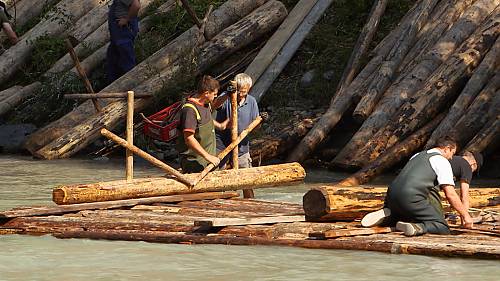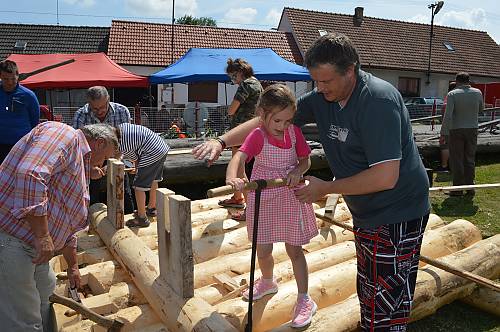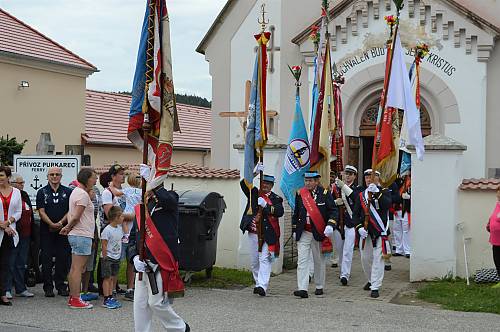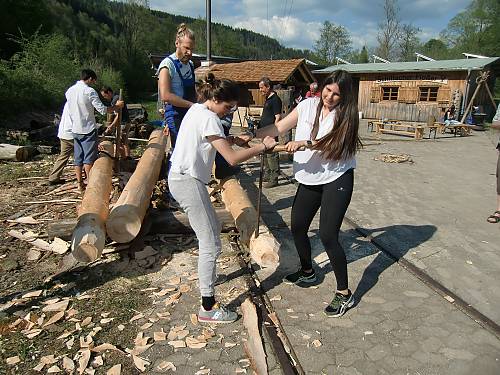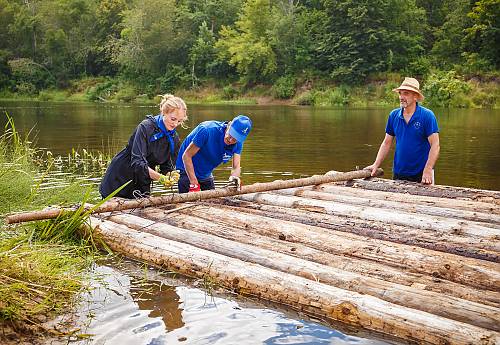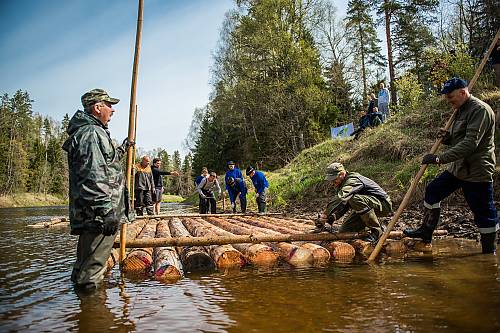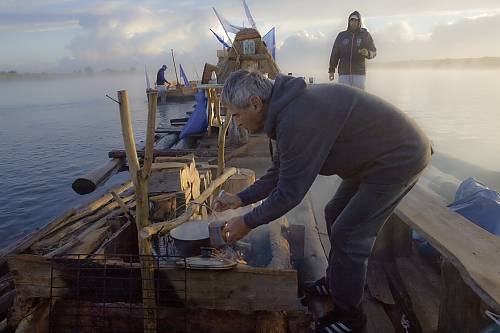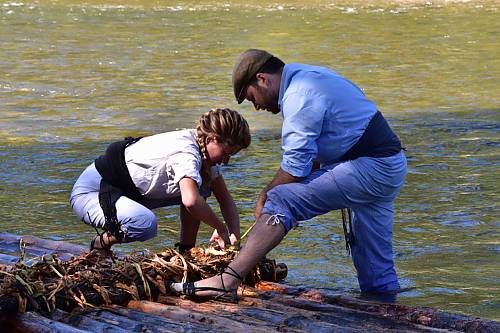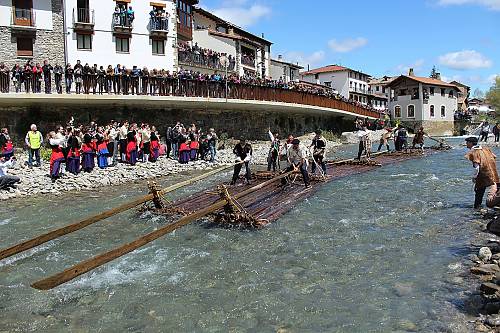Timber rafting
Austria Czechia Germany Latvia Poland Spain
Inscribed in 2022 (17.COM) on the Representative List of the Intangible Cultural Heritage of Humanity

Timber rafting in Austria, Czechia, Germany, Latvia, Poland and Spain originated in the Middle Ages, when rafts were used to transport wood, goods and people using natural water flows. In the past, rafters traveling to remote destinations spent weeks living and working together on their raft. As a result, a community sharing the knowledge, skills, techniques and values of making and navigating timber rafts emerged. The tradition has been cultivated for generations and remains strong thanks to continuous oral communication, observation and participation, including through youth camps, local schools, festivals and workshops. Measuring up to 600 meters long, 50 meters wide and 2 meters high, today timber rafts are mainly used for navigating rivers. However, the building process remains the same and includes selecting the wood, transporting it to the river, and connecting the trunks to form rafts. Timber rafting fosters collaboration and social cohesion within and among participating communities, and is now open to practitioners of all ages, genders and social and cultural backgrounds. The protection of water and ecological systems and the sustainable use of wood are deeply rooted in the practice, and the regular and lively experience-sharing enriches the heritage and promotes common values and cultural exchange across borders.
